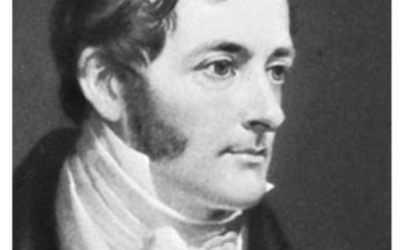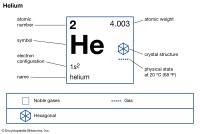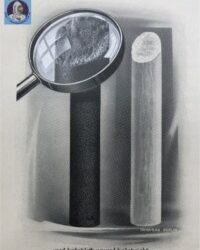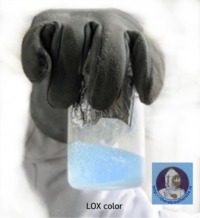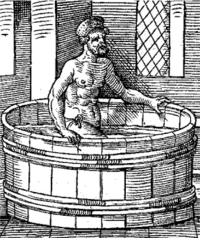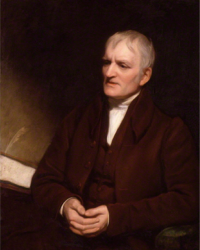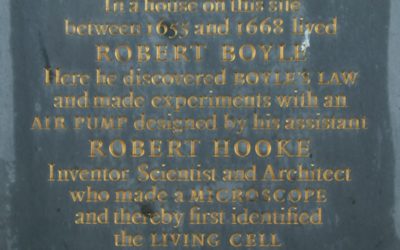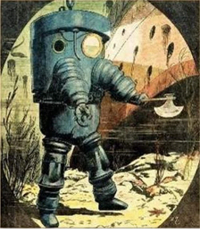Vademecum
Rebreather types
Jan Willem during a descent with Inspiration rebreather Rebreather types explained To explain all types of rebreathers in one page is an almost impossible task. Many systems are technically different and have their own specific characteristics. A rebreather is a...
Henry’s Law
Henry’s law is a chemical law, named after the English scientist William Henry (1775-1836), which applies to the equilibrium situation of a solvent in contact with a gas.
Through the eye of the needle
Dutch version this is the English version by: Jan Willem BechHoger veiligheidskundigeArbeidshygiënistTHEREBREATHERSITEpublished 2014-2021 Through the eye of the needle Injuries and fatalities due to the use of the wrong combination of valve and cylinder in the diving...
Door het oog van de naald!
This is the Dutch version English version door: Jan Willem BechHoger veiligheidskundigeArbeidshygiënistTHEREBREATHERSITEpublished 2014-2021 Door het oog van de naald Gewonden en dodelijke slachtoffers door het gebruik van de verkeerde combinatie kraan en cilinder in...
What is a rebreather?
Here you will find the most basic explanation of what a rebreather is.
Life Support Systems LSS by Kevin Gurr
Kevin Gurr here describes important survival rules for every diver who dives with a rebreather
Helium
Helium Helium is an important gas for diving because it enables deep diving. It is safer than hydrogen because it is a noble gas and has a weight of 0.17 kg/m3.As the previous section on oxygen and nitrogen showed, these gases pose a problem for the diver at depth....
1929 Naszogen devices
Inhabad from Berlin produced chemical circulation systems with a constant oxygen supply
Superoxide
Alkali Superoxyde breathing apparatus Around 1904, Prof. Dr. Max Bamberger Friedrich Böck and Friedrich Wantz patented a method of chemically converting exhaled air into clean reusable breathing air. The idea was to be able to use this substance in breathing apparatus...
Nitrogen
Discovered by Daniël Rutherford and at the same time by Carl WIlhelm Scheele nitrogen is a colorless, odorless and tasteless gas. Scheele made his discovery independently, but simultaneously with the English clergyman and scientist Joseph Priestley. However,...
Oxygen
Oxygen was discovered in 1771 by the Swedish pharmacist Carl Wilhelm Scheele. The rediscovery by Joseph Priestley only made it more widely known.
Floating or Sinking
Wil he float or will he sink? Archimedus explaines
Partial Pressure
The pressure of oxygen and nitrogen at depth
Pressure and Volume
The relation between pressure and Volume
Pressure under water
Pressure under water, what is it and why you need a steel suit?

